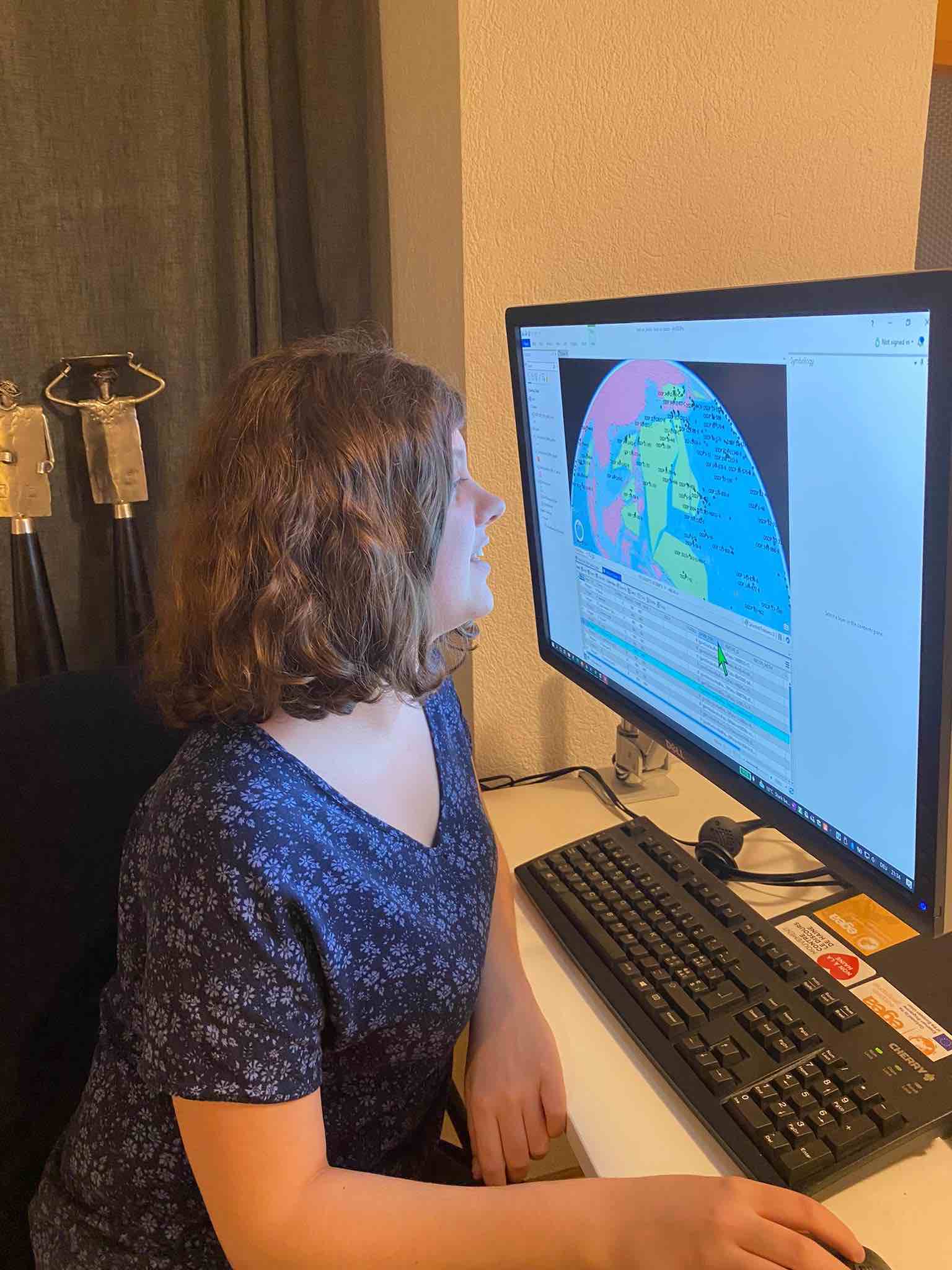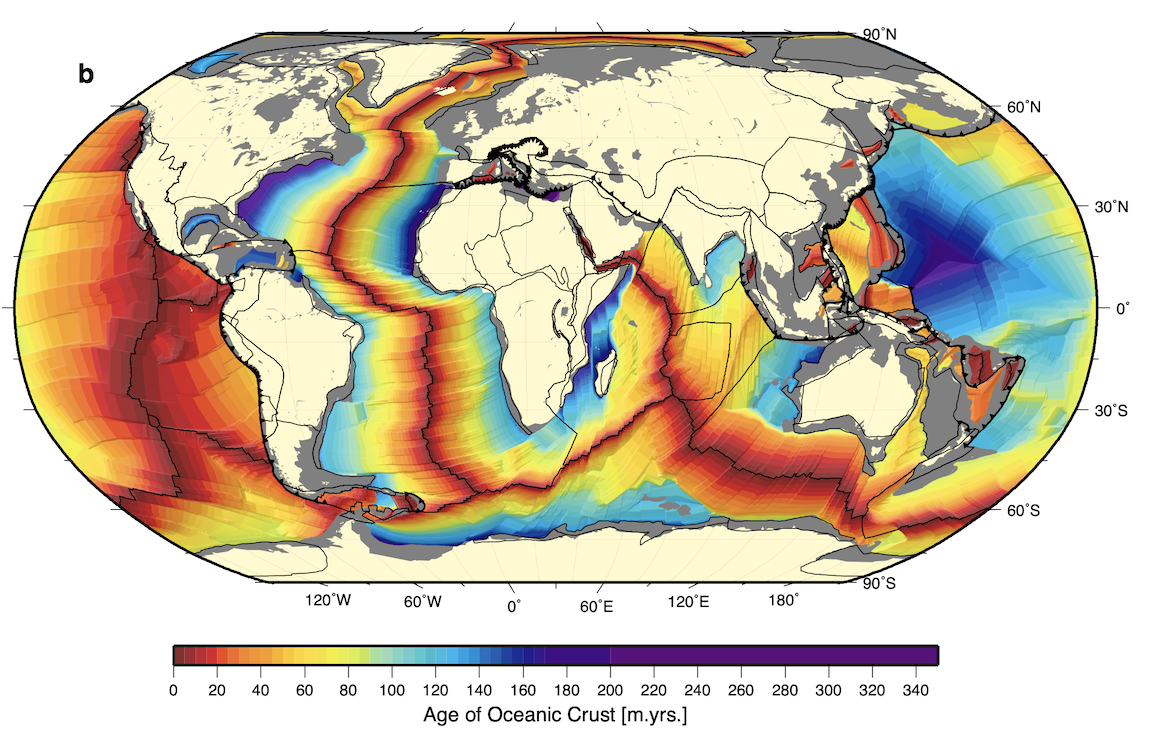Completion of EarthByte internship
Luana Schena from the University of Zurich has just completed her summer internship in the EarthByte group, albeit remotely. Luana was working on a database of seafloor ages from DSDP/ODP/IODP drill holes from published data and focused on the world’s back-arc basins. This database will become a great complement to our present day seafloor age … Read more…






